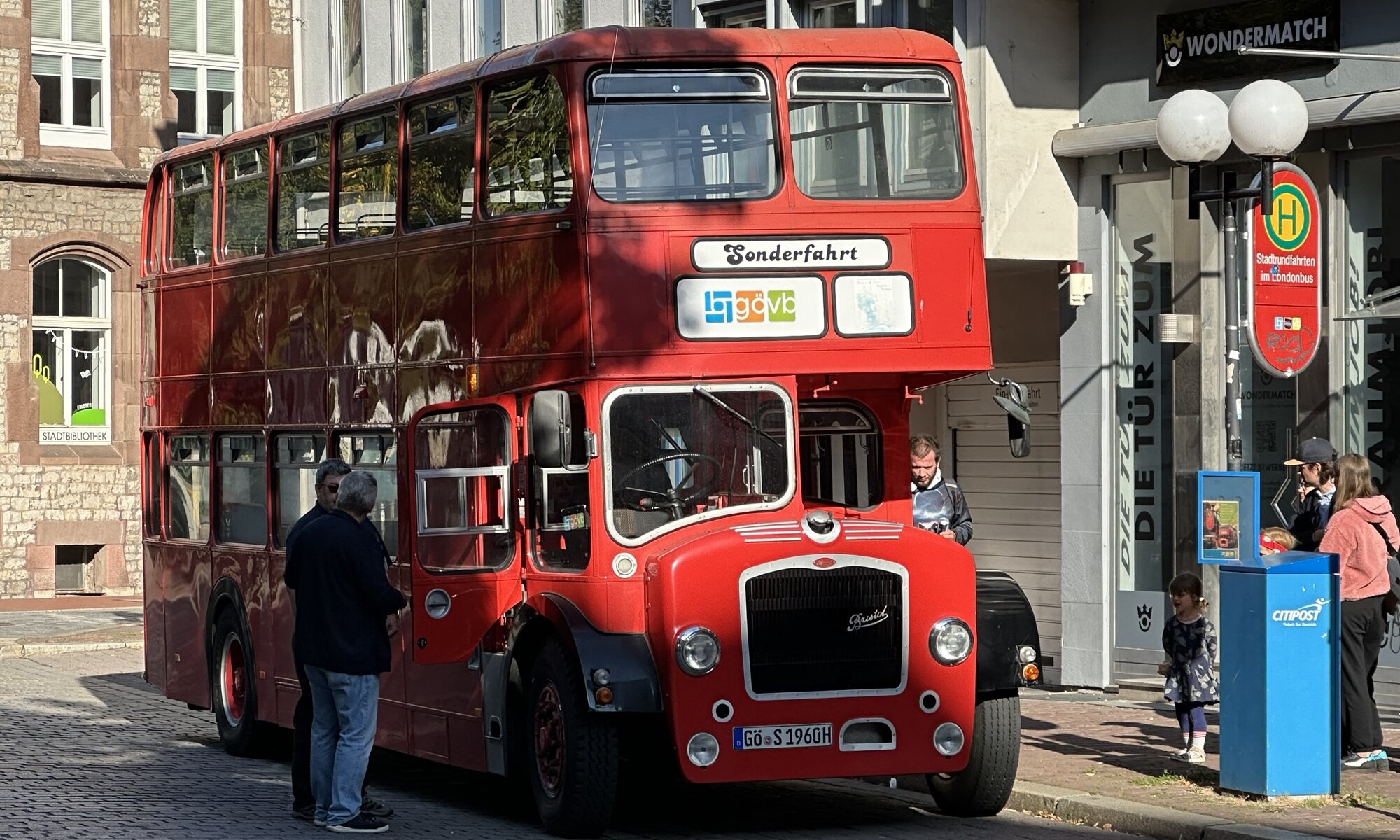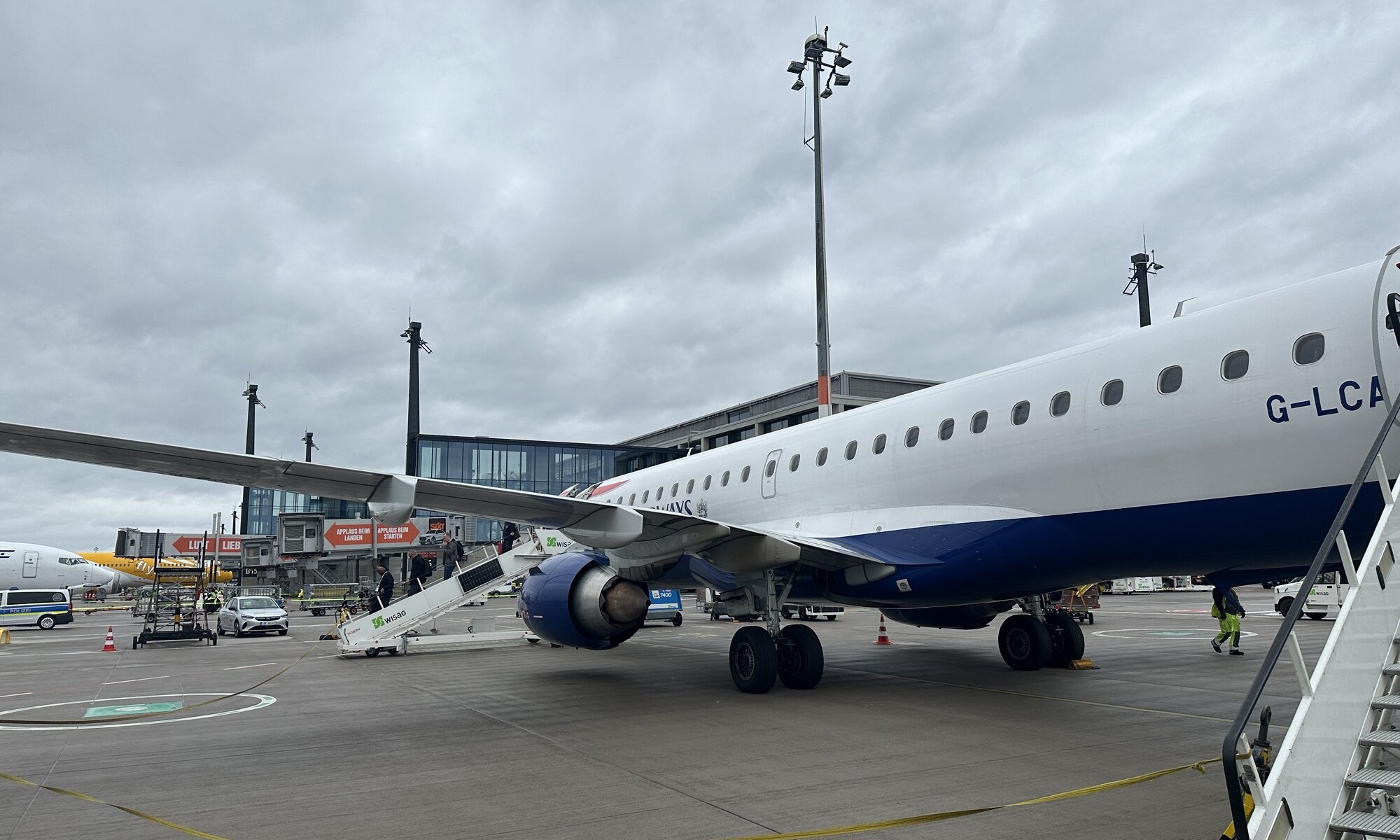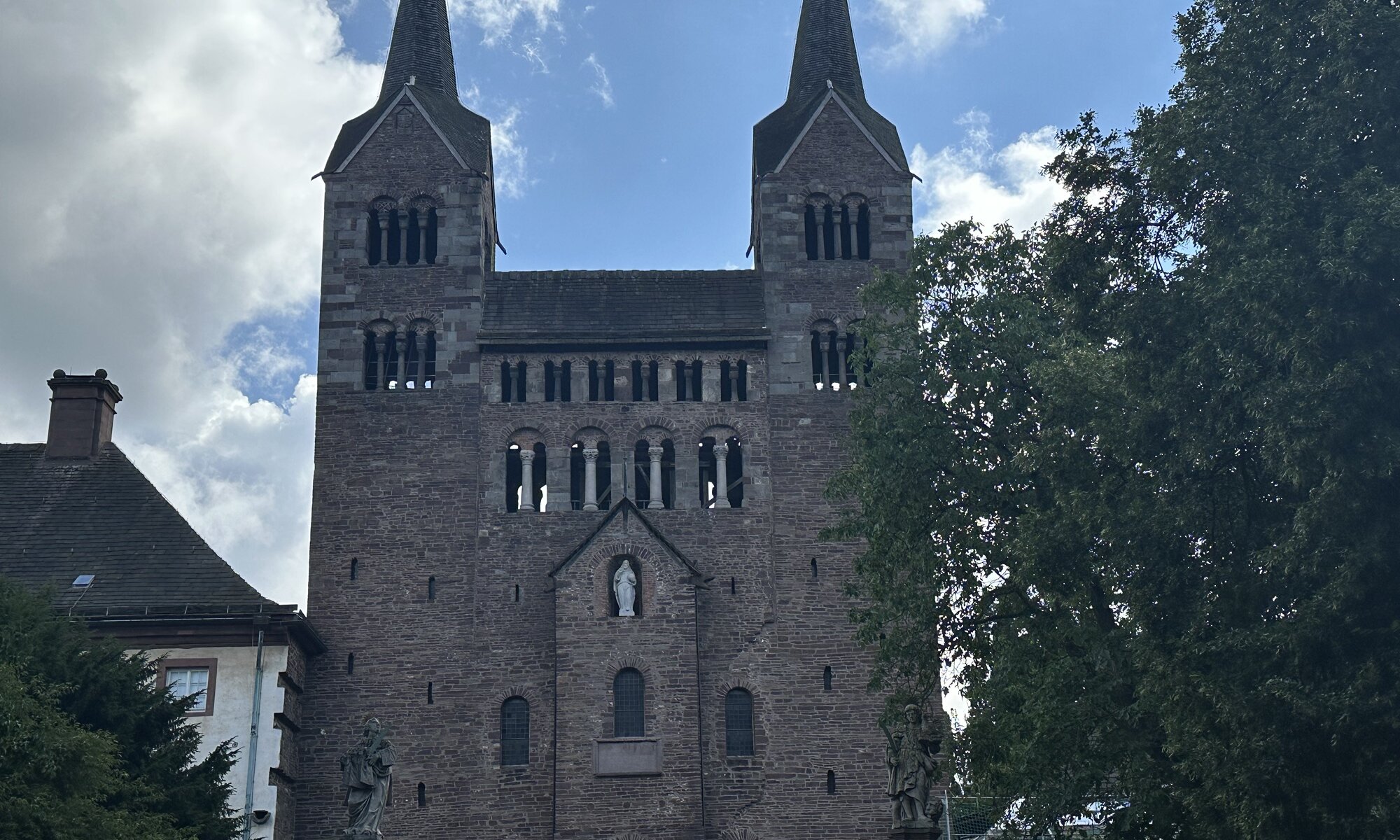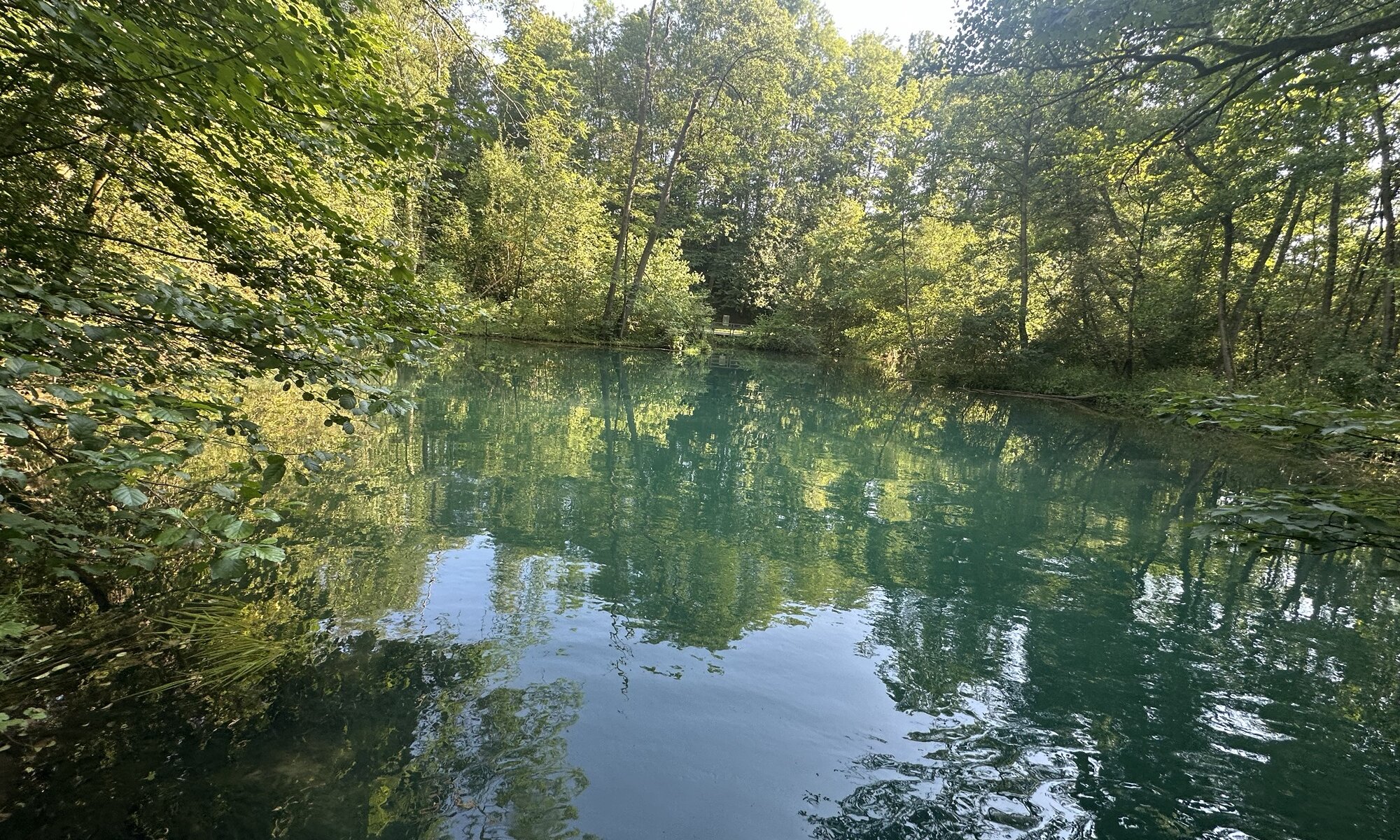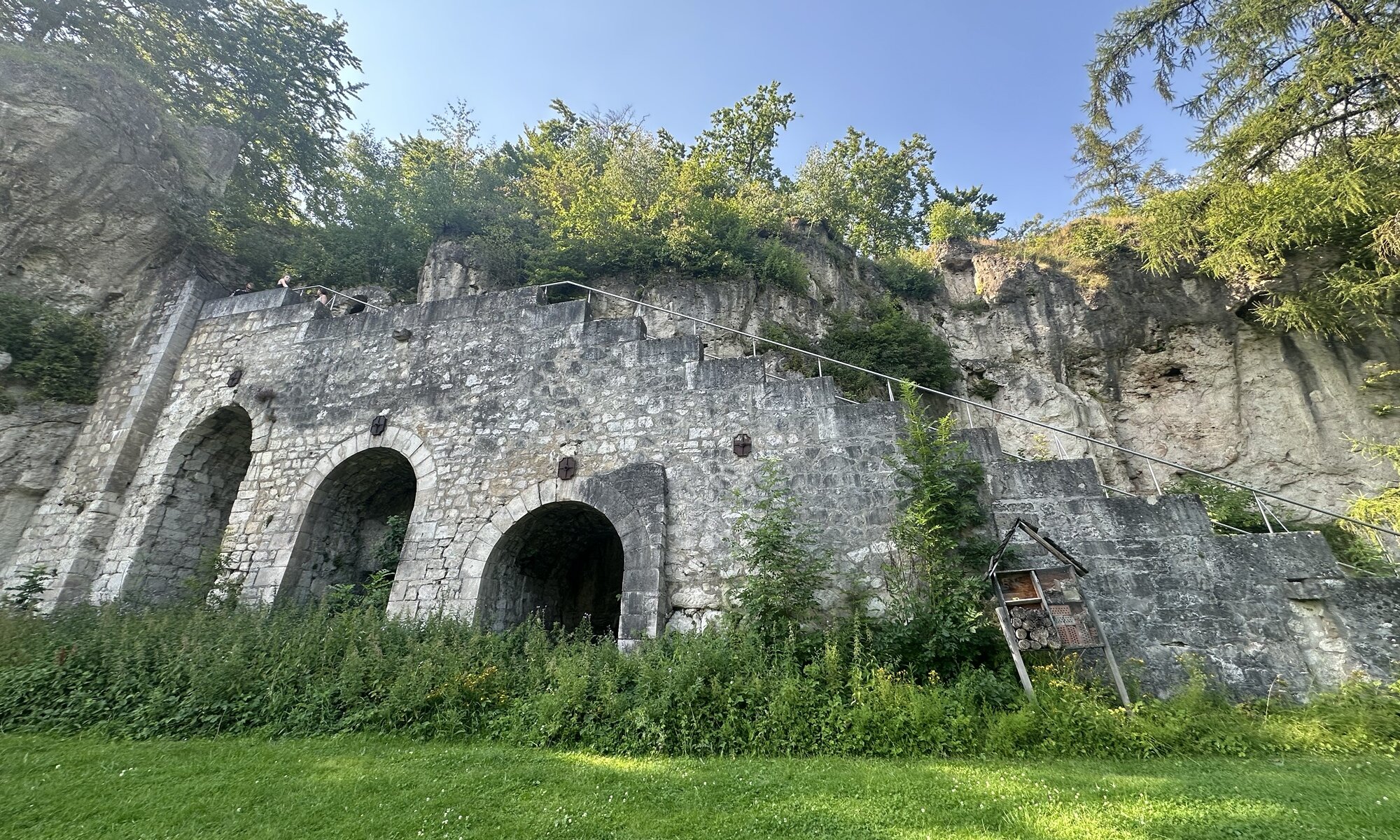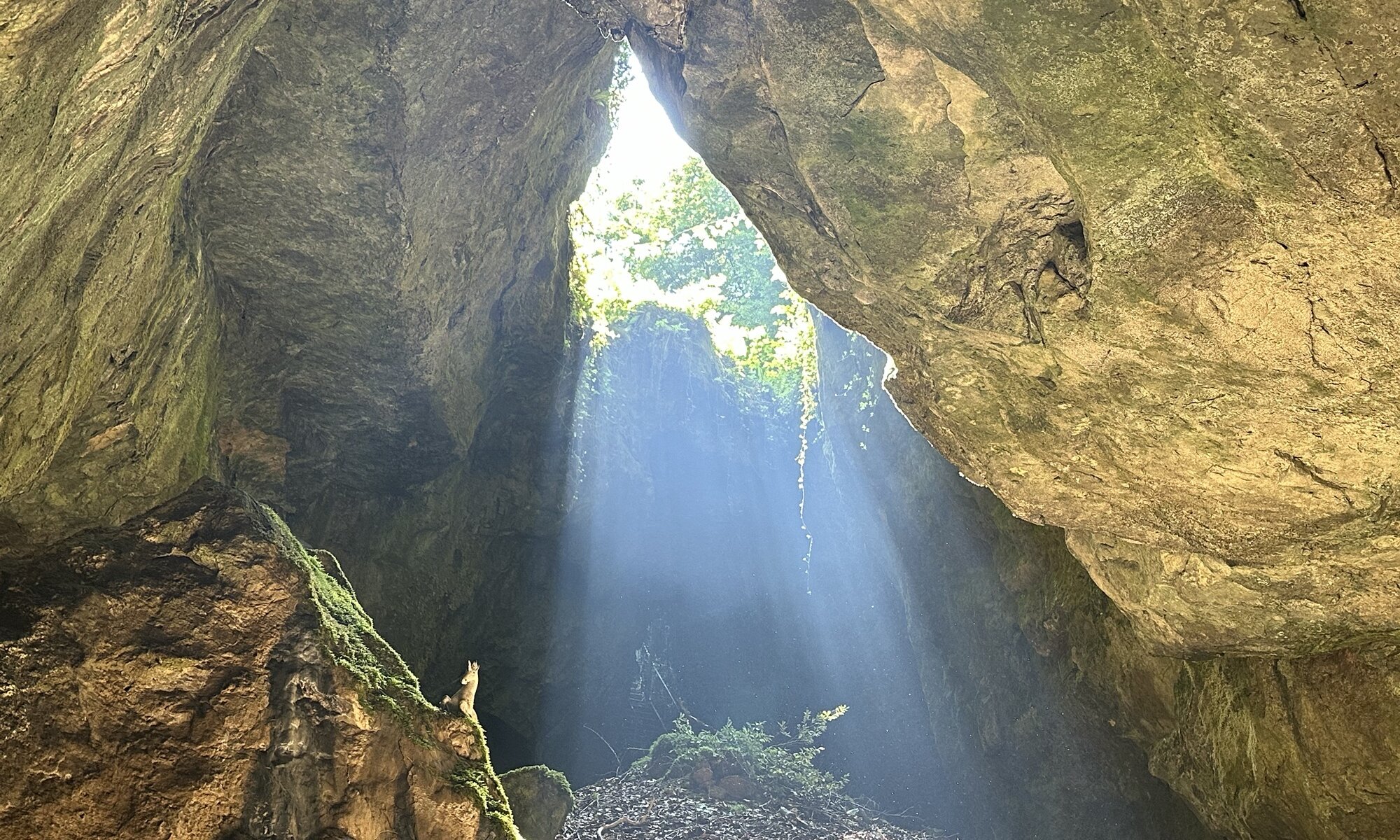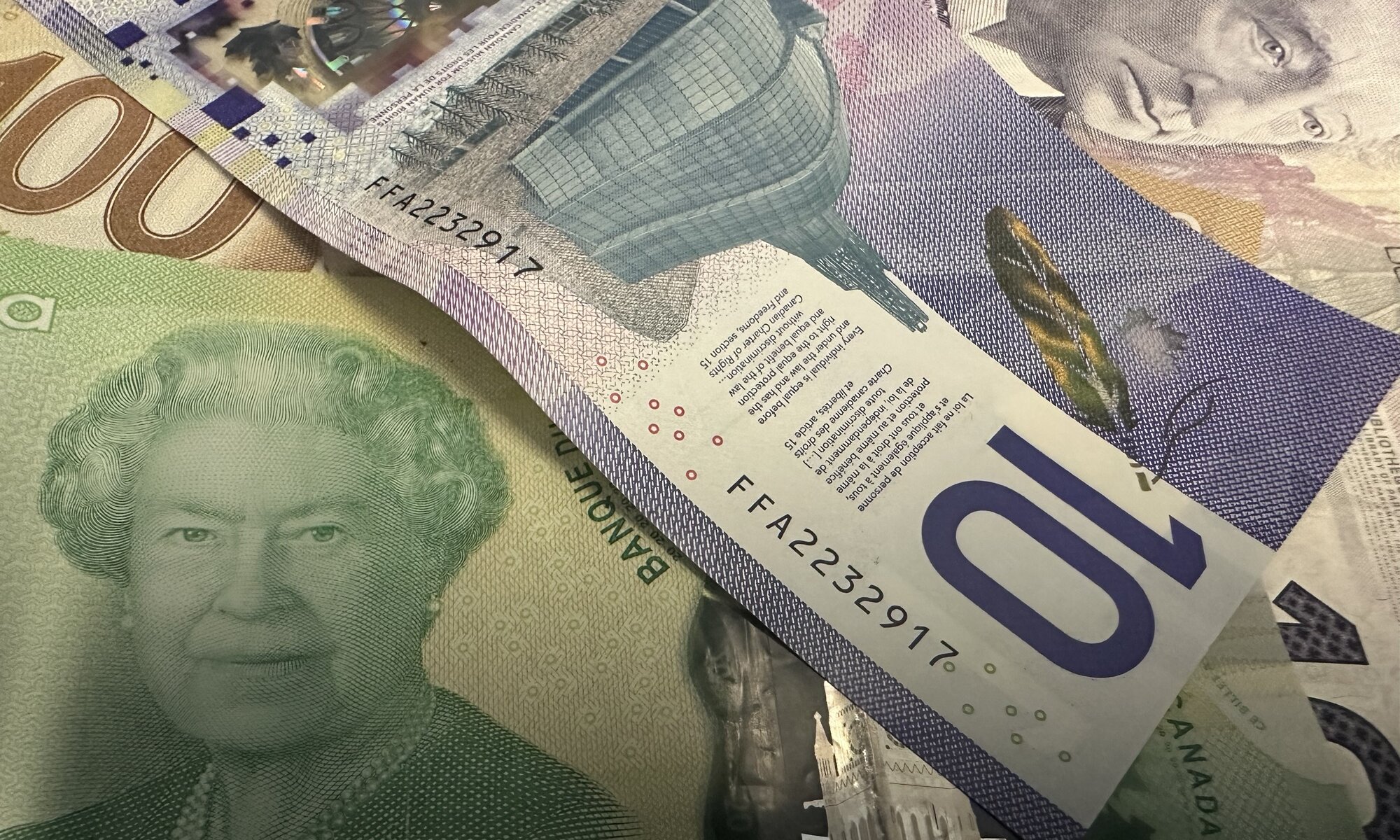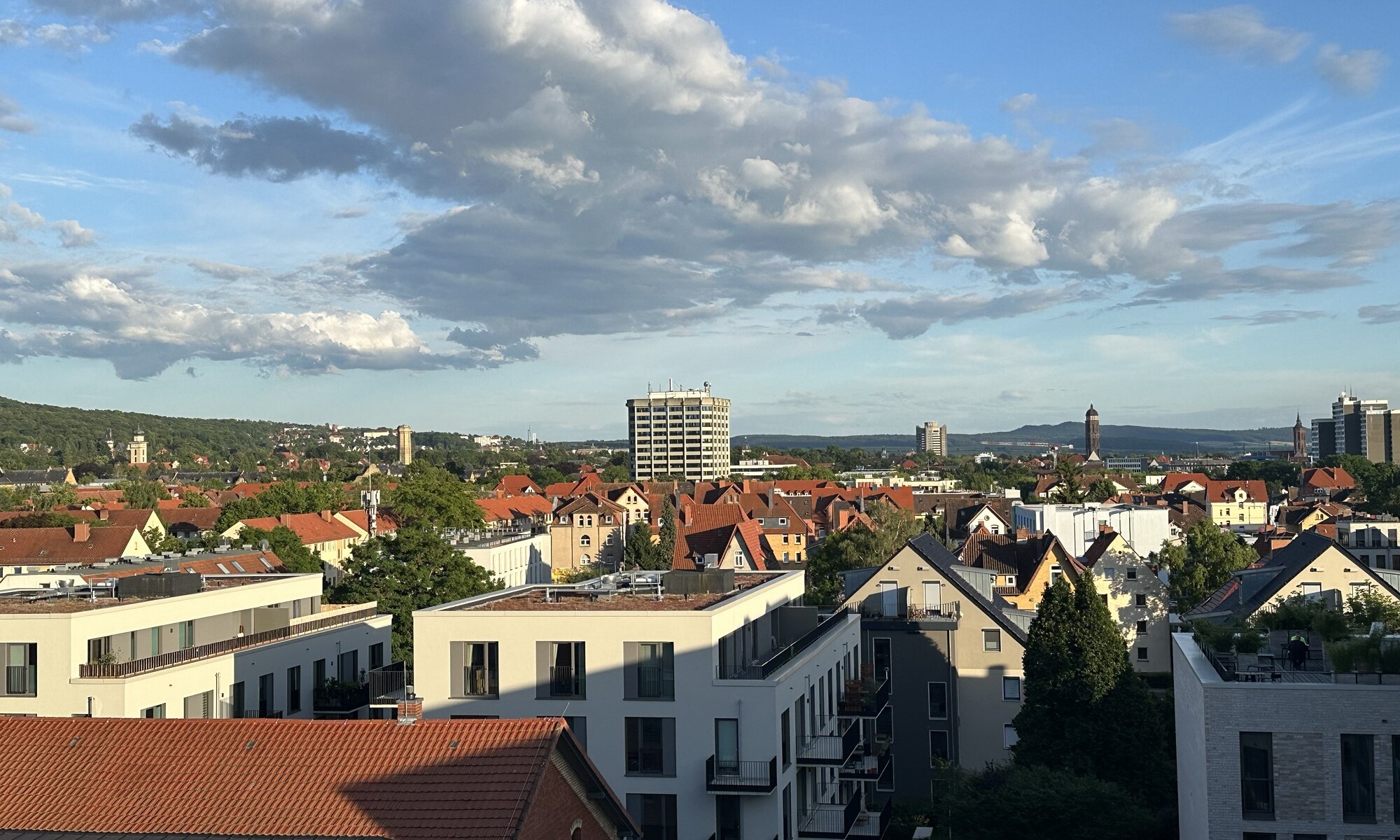Honestly, I would have never found the Bellboy Bar at Berlin‘s Gendarmenmarkt on my own. I’ve slept multiple times at the Hilton hotel but never discovered the inconspicuous door not far from the hotel entrance. And not having been there would have been a real loss; I didn’t have so much fun in many bars across the globe like I did there. It is an amazing combination of atmosphere, drinks and playful surprises.
Continue reading “Careless whisper”Miss Marple
As in every German city, right-hand traffic is the rule of the road at Göttingen and therefore also bus stops are always on the right-hand side. But there is one bus stop that is on the left hand-side: the one for city tours with a classic London bus behind the old town hall. The bus company of the city (Göttinger Verkehrsbetriebe, GöVB) has acquired an old iconic red bus built in the United Kingdom in 1960. It is named ‘Miss Marple‘ after Agatha Christie’s fictional character and it is the gem of their fleet; something they really need to care about as spare parts aren’t available anymore for this classic.
Continue reading “Miss Marple”Berlin-Brandenburg
After World War II and during the occupation of Germany the four allies had ‘their’ airports at Berlin: Schönefeld (SXF) was used by the Russians, Tegel (TXL) by the French, Gatow (GWW) by the British and Tempelhof (THF) was the US airbase. The German reunification then created the need to change airport infrastructure at the German capital city. A decision was made to extend the Schönefeld airport to become the new Flughafen Berlin Brandenburg (BER) and to name it after former German chancellor Willy Brandt.
Continue reading “Berlin-Brandenburg”Verōnika
If you’re looking for a great bar or high-class restaurant at Berlin, the Verōnika at the Oranienburger Straße is a very good option. Apart from good food and drinks this place offers a very special atmosphere which is created by murals, graffito and the historic architecture the restaurant resides in. Berliners know this place as the Tacheles-Gebäude, a cultural center created by the artist group Tacheles by occupying the building in 1990 before it could be torn down. At lasted in this place until 2012.
Continue reading “Verōnika”Corvey
When scrolling through the list of UNESCO World Heritage Sites in Germany you’ll discover the Cloister Corvey near the smalltown Höxter in Germanys North Rhine-Westphalia. In fact it is not the entire monastery that is inscribed on the list, it is only one part of its church (the Westwerk) and something invisible today: the city once surrounding it (the Civitas). What’s that all about? Corvey was a Carolingian monastery founded in 822 CE. Charlemagne wanted to drive Christianisation in Saxony after he conquered it.
Continue reading “Corvey”Rhumequelle
A lake with clear blue water within a forest – that is the main spring of river Rhume close to the village Rhumspringe. In many other cases people have framed the source of a river, but here it is untouched: there is just a swimming pontoon for better views and some tables for a picnic. It is said to be the third-largest spring in Germany and one of the most productive Karst springs (with up to 5,000 liter per second).
Continue reading “Rhumequelle”Scharzfels
A massive staircase in the forest close to Scharzfeld easily shows that something big was once standing here. It is leading onto a 20 meters high dolomite rock which was the location of the Burg Scharzfeld from the 10th century CE. There is not much left of the once massive fortification – just some remains of walls, arches and gates; but you can have an amazing view from up there. The staircase is in such good shape is king George V (the last king of Hannover) had it restored in 1856 and today it looks a bit alien in this landscape.
Continue reading “Scharzfels”Einhornhöhle
Are you in the mood to search for unicorns? Then the Einhornhöhle near Scharzfeld might be the perfect destination for you. Researchers have come here for a very long time as the 700 meters long cave is filled to large extent with sediment that contains the bones of extinct animals like mammoths, cave bears and cave lions. In 1672 the physicist Otto von Guericke reported that he had found a unicorn there which motivated the famous mathematician Gottfried Wilhelm Leibniz to get there and to construct a unicorn from bones. It were in facht mammoth bones, but his reconstruction is now the logo of the cave and the name ‘unicorn cave‘ attracts a lot of visitors.
Continue reading “Einhornhöhle”CAD
Currency of Canada is of course the Canadian Dollar (CAD, $ or C$). It is divided into 100 Cents and exists since 1871 when it became the first uniform currency for all Canadian provinces. There are coins for one and two dollars, as well as cent coins mostly showing wildlife of Canada. The banknotes from five to 100 $ currently show Canadian innovations from elements of the ISS and trains to insulin. The issue is that you’ll probably won’t get to see them as Canada has gone cashless nearly everywhere.
Continue reading “CAD”Nordstadt
There aren’t many spots from which you can enjoy great views on the city center of Göttingen: you can get to the canteen of the Neues Rathaus, access the small terrace of the Kunsthaus or get on top of the Bismarckturm. But none of them normally gives you the chance to have a delicious sundowner while focusing the university town’s skyline. Fortunately, the FREIgeist hotel brings good food and drinks to the Nordstadt of Göttingen – an area in the past not known for fine dining and great cocktails. It has indeed the only real rooftop bar of the city, so get a drink and enjoy sundown!
Continue reading “Nordstadt”

